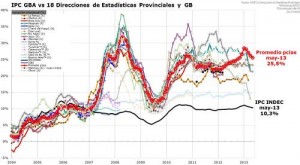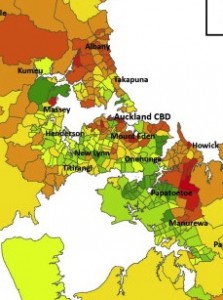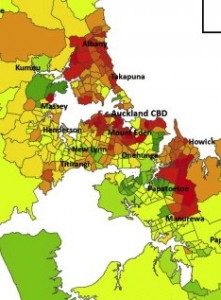Most young Americans think astronomy is science
And they’re right.
The problem is they don’t know the difference between the words “astronomy” and “astrology”. So we get survey results like this,
A study released by the National Science Foundation finds nearly half of all Americans feel astrology—the belief that there is a tie between astrological events and human experiences—is “very” or “sort of” scientific. Young adults are even more prone to believe, with 58% of 18- to 24-year-olds saying it is a science.
Richard N. Landers, a psychologist in Virginia, thought the name confusion might be responsible, and ran a survey using Amazon’s Mechanical Turk, where you pay people to do simple tasks. He asked people to define astrology and then to say whether they thought it was scientific.
What he found, is shown in this graph based on his data
People who think astrology is about horoscopes and predicting the future overwhelming don’t think it’s scientific — about 80% are in the ‘no’, and ‘hell, no’ categories. People who think astrology is about the solar system and stars think it is pretty scientific or very scientific.
The data isn’t perfect — it’s from a much less representative sample than the NSF used — but there’s a very strong indication that confusion between “astronomy” and”astrology” could explain the otherwise depressing results of the NSF survey.
(via @juhasaarinen)




